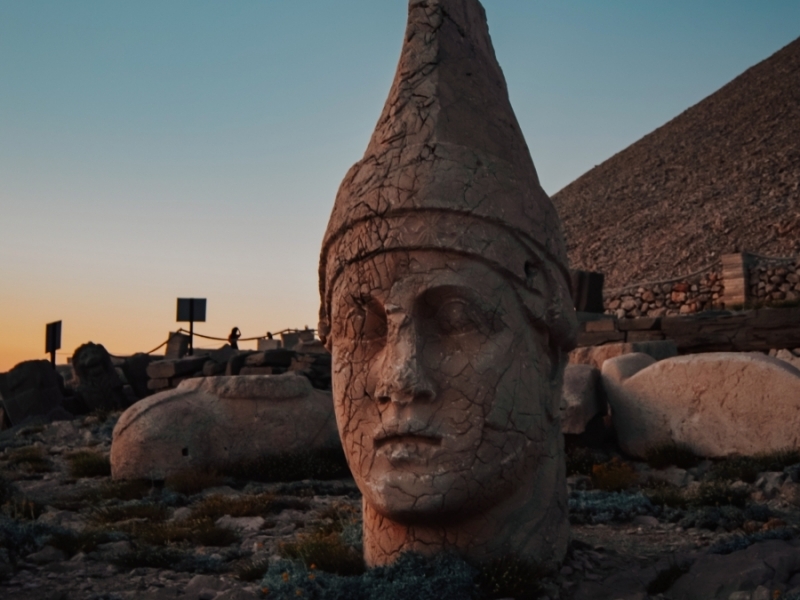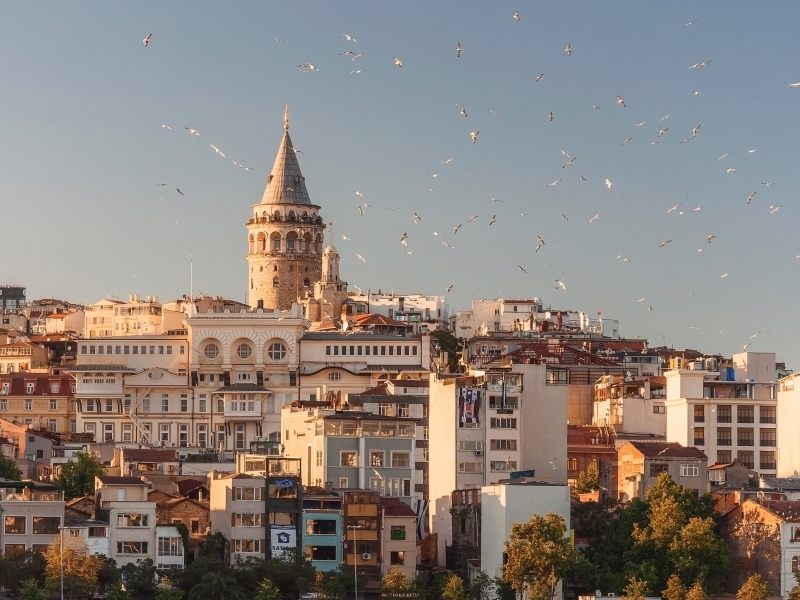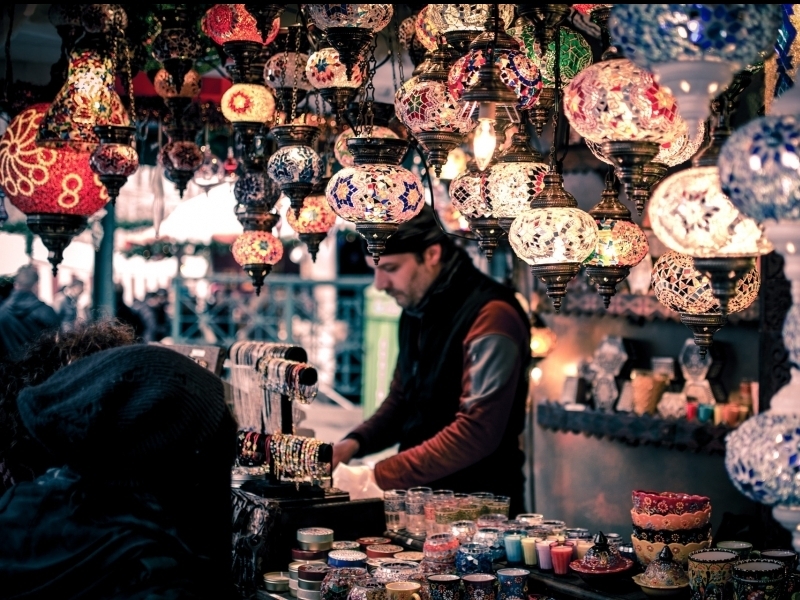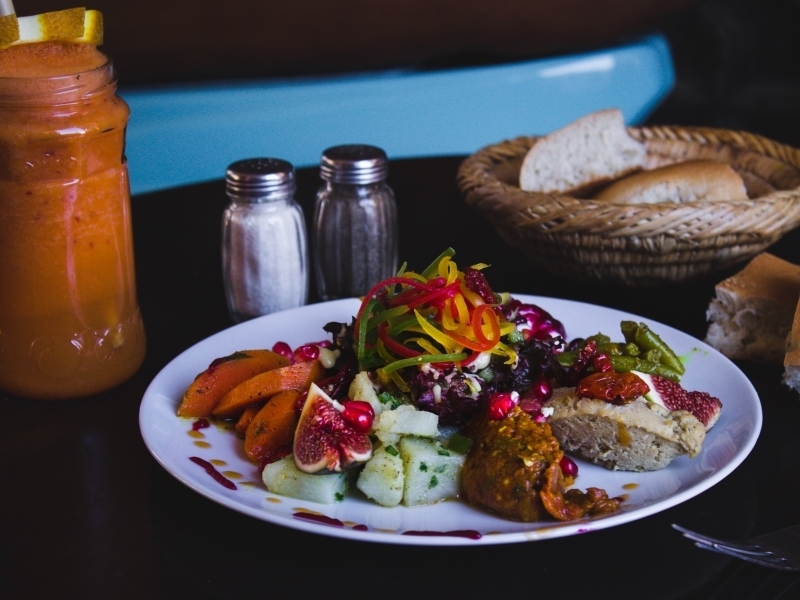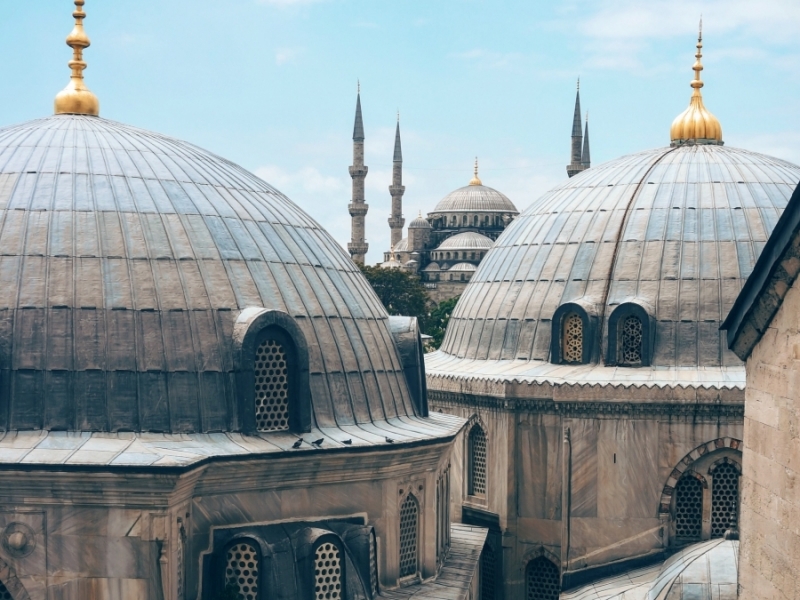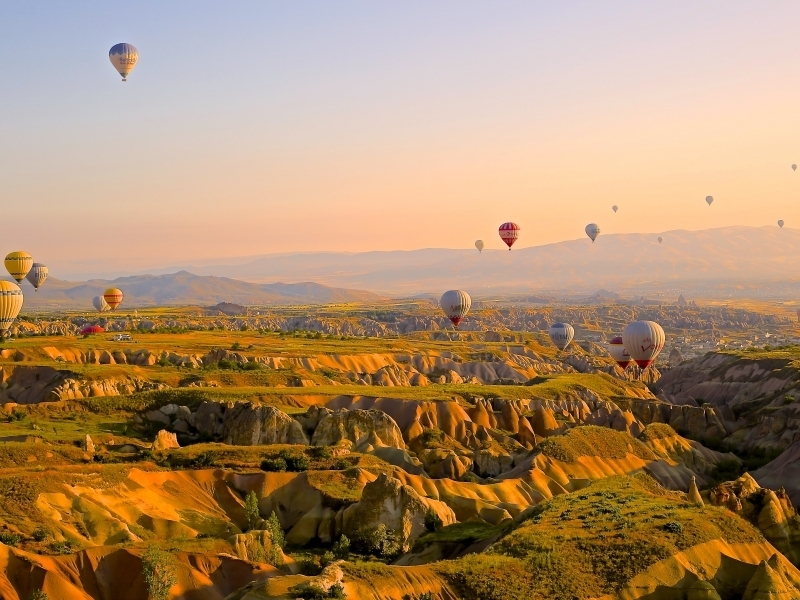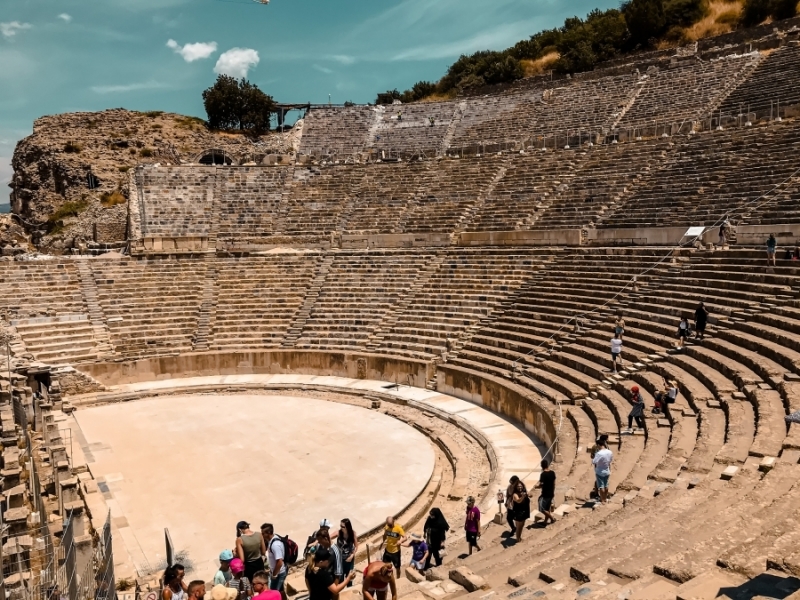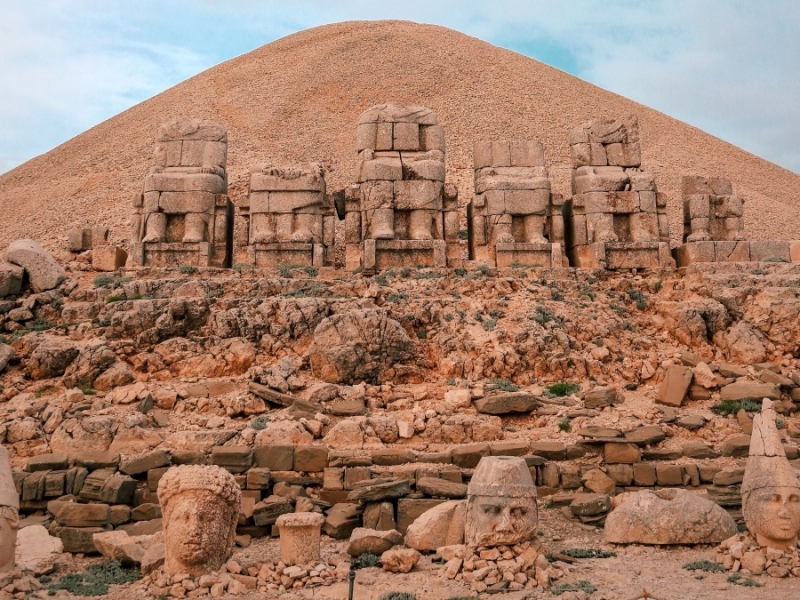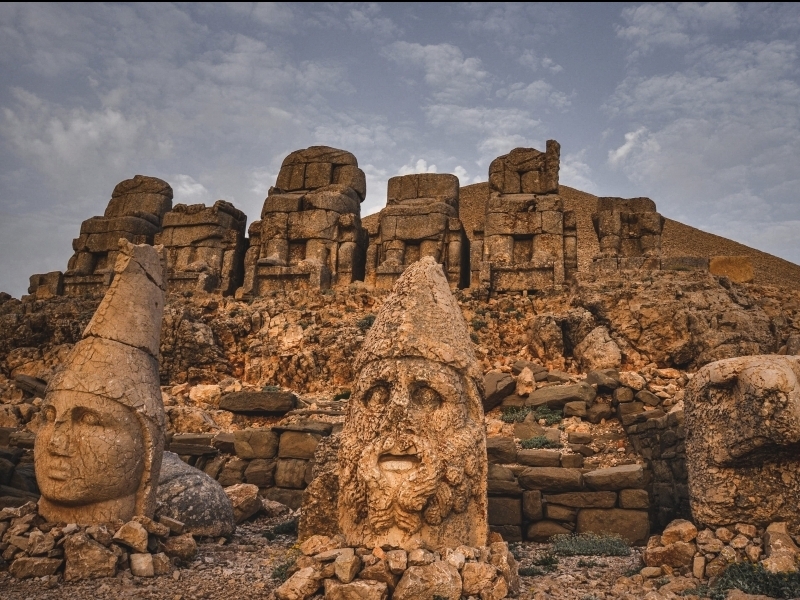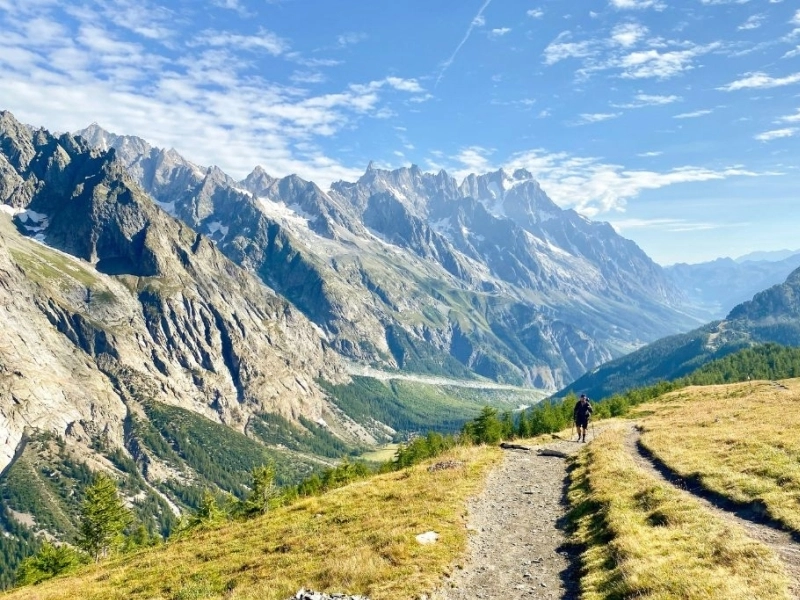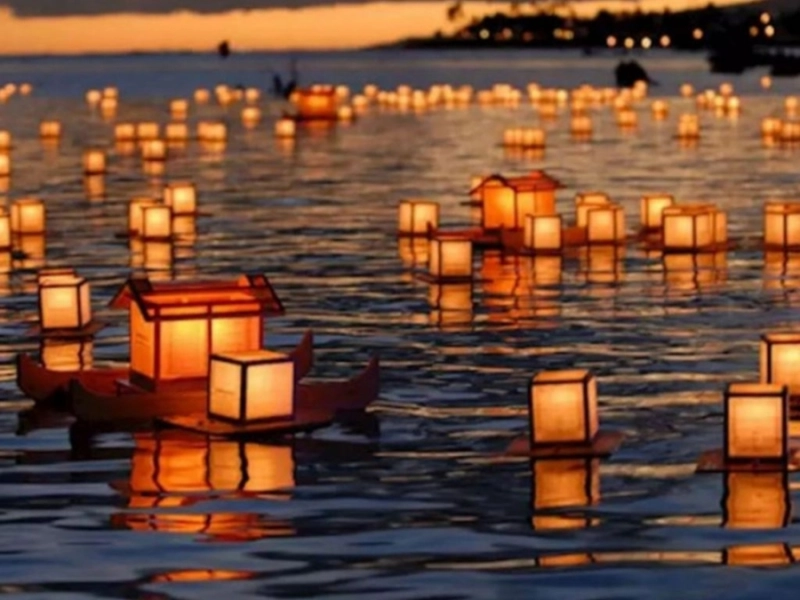News and Testimonials
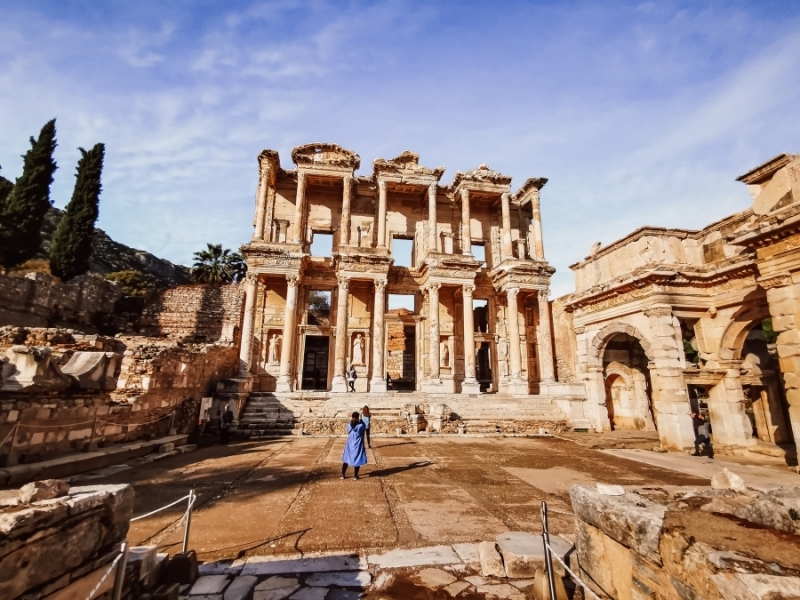
8 Unmissable Things to Do in Turkey
Whether a tourist's ideal vacation involves sunbathing on a Mediterranean beach, trekking in rugged mountains or learning more about the complex cultural layers laid down over thousands of years of history, Turkey has options to entice every kind of traveler.
The country boasts an abundance of ancient sites and diverse natural landscapes, as well as lively cities, tantalizing food and opportunities for adventure. Turkey will not be covered on just one vacation but here’s a list of the best things to do in Turkey to take into account.
1-Tour the ancient city of Ephesus
The well-preserved streets of Ephesus are lined with evidence of what daily life was like for the ancient Greeks and Romans who inhabited the city for hundreds of years: the remains of their shops and schools, temples and public toilets.
Highlights of the main site include the intricately carved facade of the Library of Celsus – once the third-largest library in the world – a huge open-air theater, a Roman bath and numerous monumental fountains and gates. Well worth the separate admission fee are the Terraced Houses. These luxurious residences belonged to the Roman elite and are full of mosaics, frescoes and marble worthy of an episode of “Lifestyles of the Rich and Famous.”
2- Luxuriate in a Turkish bath
In the days when most homes lacked indoor plumbing, hamams (commonly referred to as Turkish baths in English) played a crucial role both as a place to get clean and to socialize. Today, they’re typically a special-occasion destination, more often frequented by tourists than locals, but still a luxury well worth indulging in.
The full treatment includes a scrub and massage by a same-gender attendant, but travelers can also opt to bathe themselves in their steamy chambers. With their marble-covered interiors and sky-lit domes, the grandest hamams – such as the Ayasofya Hürrem Sultan Hamam?, the Ca?alo?lu Hamam? and the K?l?ç Ali Pa?a Hamam? in Istanbul – are a treat for the eyes as well as the body. In the old Ottoman capital of Bursa, hamams like Eski Kapl?ca and Yeni Kapl?ca feature pools fed by the area’s natural thermal springs.
3- See Cappadocia from above and below
First thing in the morning, the skies above Cappadocia fill with hot-air balloons that take visitors floating above the area’s canyons, fairy chimneys and other fantastical rock formations. Even if a fancy flight is not desired, it’s worth getting up early to see the colorful aerial display from the ground. For a more down-to-earth experience, visitors should follow labyrinthine tunnels many stories deep into underground cities such as Derinkuyu and Kaymakl?, where thousands of people took shelter from invaders for months at a time. In addition to living quarters, these subterranean settlements included facilities to stable animals, cook, worship and even make wine.
4- Feast on meze and fish
The “rak?-bal?k” night is an essential Turkish dining experience, particularly in Istanbul and along the Aegean and Mediterranean coasts. What some call the national drink of Turkey, rak? is a strong anise-flavored liqueur typically mixed with water and ice, and bal?k is fish. Such meals typically start with an assortment of meze, which are often the real stars of the show.
These small dishes meant for sharing feature both classic and creative combinations of vegetables, herbs and seafood, often topped with yogurt or cooked in olive oil. For the main course, popular fish choices depending on the season include grilled levrek (sea bass) and çipura (sea bream), or lightly fried istavrit (mackerel), barbun (red mullet) and hamsi (anchovies).
5- Shop in colorful bazaars
Despite the proliferation of shopping malls and grocery stores, traditional bazaar culture remains strong in Turkey. Most historic centers will have at least one çar??, a shopping arcade or maze-like marketplace district with vendors selling everything from cheap souvenirs to handmade leather or metal crafts. Istanbul’s Grand Bazaar (known as the Kapal? Çar??, or “covered marketplace” in Turkish) is the most famous example, but ones in cities like Gaziantep and ?anl?urfa are more atmospheric and authentic.
6- Admire architectural splendor in Istanbul
The rulers of the city formerly known as Byzantium and Constantinople left their marks in grand style. The Hagia Sophia’s soaring dome still leaves visitors awestruck a millennium and a half after its construction, while the towering Aqueduct of Valens and the vast subterranean Basilica Cistern attest to the impressive engineering feats that the Romans employed to supply the city and its residents with drinking water.
With a prime position overlooking the confluence of the Bosphorus, Golden Horn and Marmara Sea, Topkapi Palace evokes the might of the Ottoman Empire at its peak: lavishly decorated chambers, a treasury dripping with massive jewels and a kitchen that could feed 4000 people. Istanbul’s minaret-studded skyline is a heritage of the Ottomans as well. The famous Blue Mosque gets the most attention, but visitors shouldn’t miss the tiny, tile-bedecked Rüstem Pa?a Mosque and the graceful Süleymaniye Mosque, perched atop one of the old city’s seven hills. History buffs can really dig into the different cultural eras in Istanbul by exploring its wealth of museums detailing the fascinating legacy of the city.
7- Cruise turquoise waters on a gület
Few vacations are more relaxing than a multi-day cruise aboard a gület (traditional wooden yacht) plying sections of Turkey’s southwestern coastline between Bodrum and Antalya. While away the long, sunny days swimming in secluded coves, reading or playing tavla (backgammon) on deck, eating fresh-caught fish, drinking rak? as the sun sets and sleeping out under the stars. If travelers get tired of blissfully lazing around, thay can hop ashore along the way to explore the ancient ruins of Knidos, climb to the top of the Crusader Castle in Kaleköy or stop for lunch at one of the cool cafe-restaurants in Ka?.
8- Watch the sunrise from atop Mt. Nemrut
The surreal sight at the summit of Nemrut Da?? is testament to both the extent of the power that can be wielded by a ruler and to its inevitable decline. In the 1st century BCE, a Hellenistic king had massive statues of deities, mythic beasts and other figures built on top of a rocky peak as a monument to his own greatness. Earthquakes over the centuries toppled the heads of these statues from their bodies and they now sit scattered around a stark, remote landscape. Tour groups typically bring visitors up here at sunrise or sunset, but if visitors stay overnight at one of the simple lodgings a little below the summit, they can experience both.

